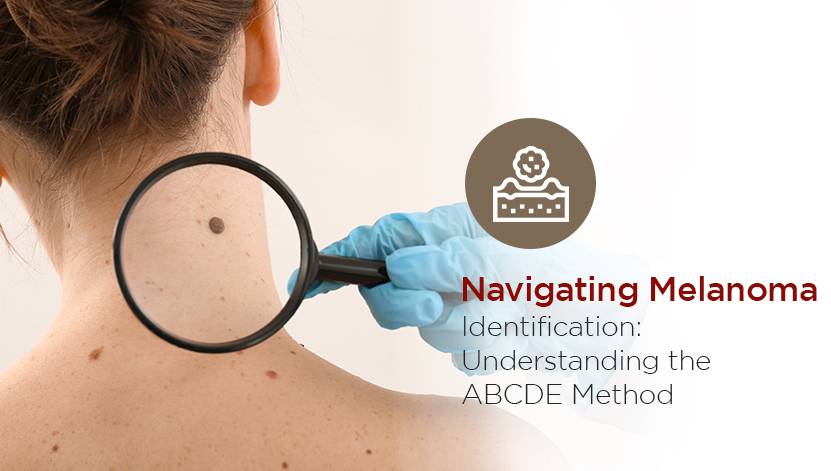As we focus on the most formidable type of skin cancer, melanoma, let's switch our attention to a very helpful and comforting topic: "Decoding Melanoma Detection: Understanding the ABCDE Method. Melanoma can prove life-threatening if not detected promptly. Yet, worry not. We will explore the intricacies of the ABCDE approach and guide you on distinguishing potential red flags and adopting proactive measures to safeguard your skin's well-being. Join us as we navigate through this informative guide, equipping you with the insights to safeguard your skin's well-being proactively.
